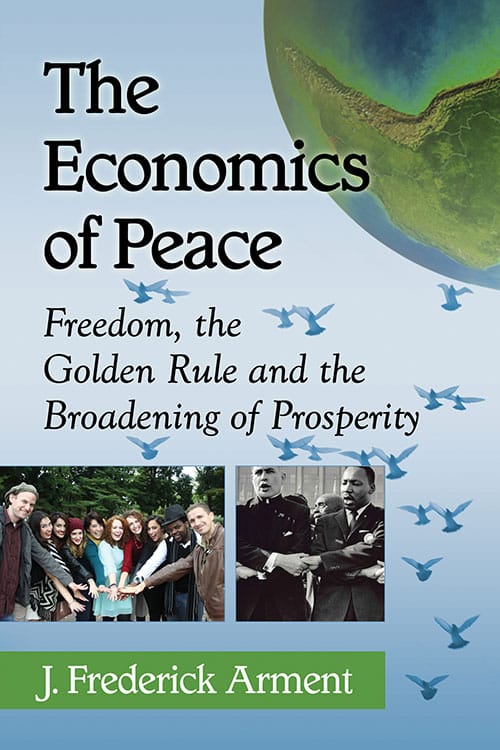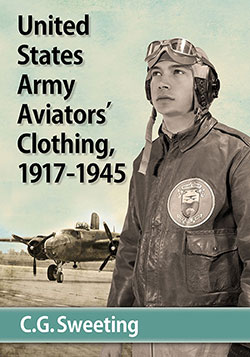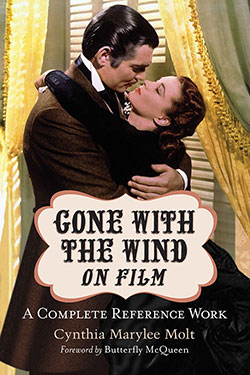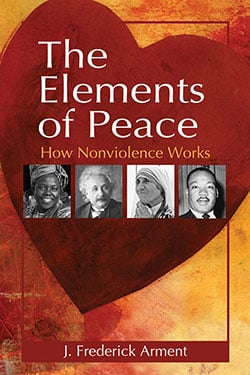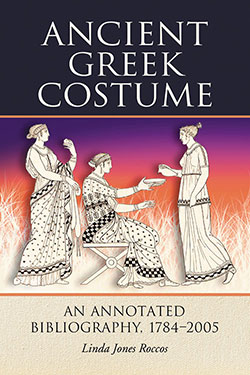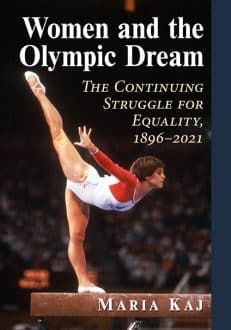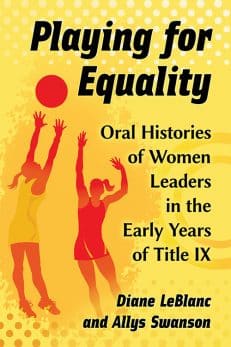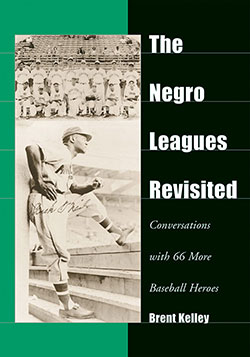
This is a followup volume to the acclaimed Voices from the Negro Leagues, (McFarland, 1998; softcover 2005) which features interviews with 52 former Negro League players from the 1920s to 1960s. Interviewed in this new volume are Bobby Robinson, Double Duty Radcliffe, Red Lindsay, Pullman Porter, Earl Wilson, Sr., Percy Reed, Joe Burt Scott, Willie Simms, Bo Campbell, Big Train Dudley, Mex Johnson, Buck O’Neil, Herbert Barnhill, Bernard Fernandez, Dick Powell, Jimmy Barnes, Charlie Biot, Monk Favors, Alton King, Buster Haywood, Casey Jones, Hickey Redd, Tommy Sampson, John Gibbons, Schoolboy Gulley, Schoolboy Kimbrough, Briefcase Simpson, Doc Dennis, Ralph Johnson, Lefty LaMarque, Junior Miller, Tex Williams, Baby Face Peatros, Big Jim McCurine, Eddie Williams, Zipper Zapp, Billy Fender, Dave Pope, Bill Powell, Marvin Price, Bob Scott, Dirk Gibbons, Hoss Ritchey, Lefty Bo Maddix, Hank Presswood, Mickey Stubblefield, Josh Gibson, Jr., Bobo Henderson, Fancy Dan Porter, Jumpin Johnny Wilson, Quack Brown, Granny Gladstone, Hoppy Hopkins, Carl Long, Jim Robinson, Juan Armenteros, Peanut Johnson, Eddie Reed, Ricky Maroto, Peachhead Mitchell, Ted Rasberry, Pedro Sierra, Jim Cobbin, Dick Scruggs, Sonny Webb and Tommy Taylor. Rare personal photographs and complete-as-possible statistics supplement the interviews.


